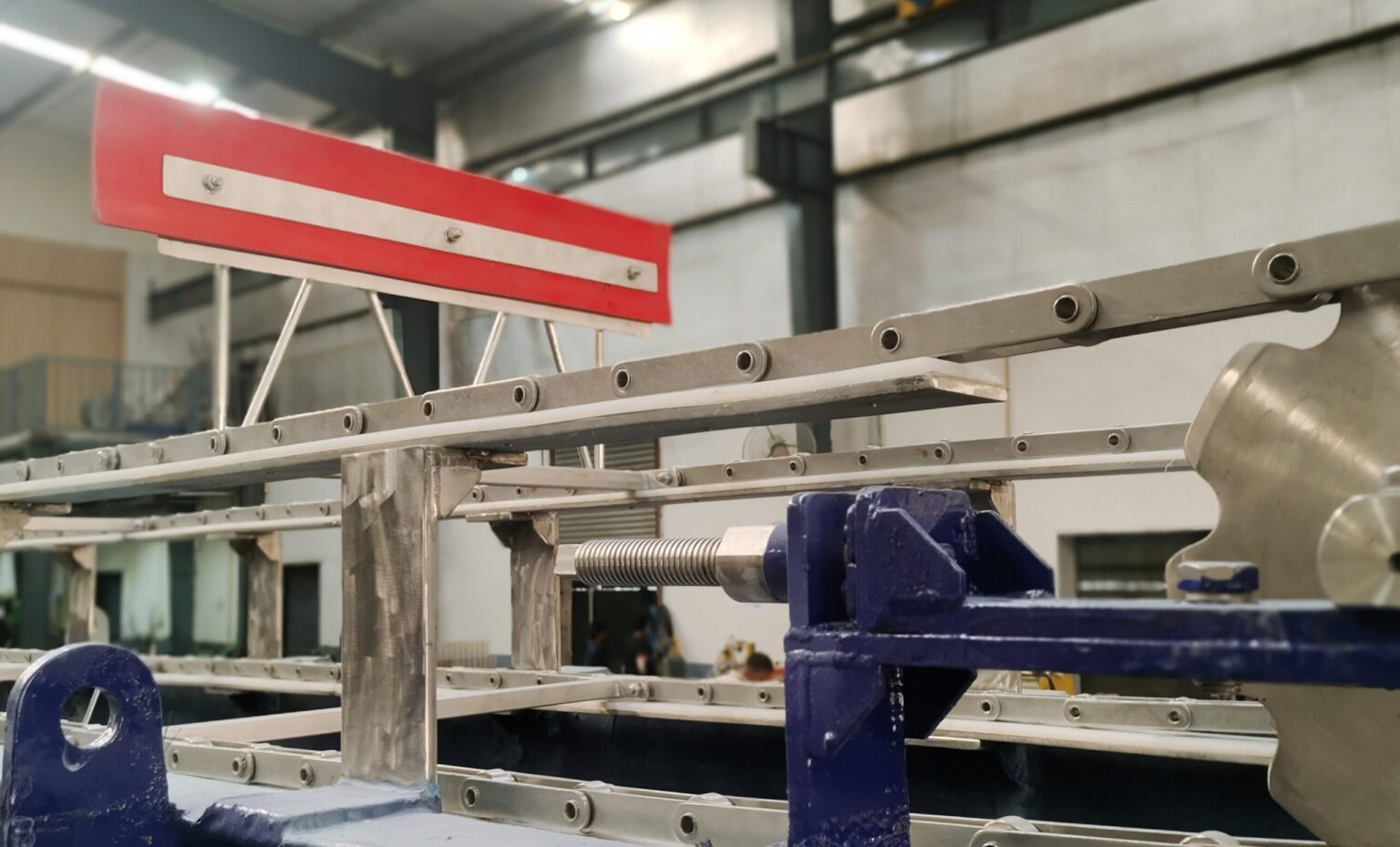Combating Chemical Water Pollution: Technologies, Policies, and Approaches

Industrial water pollution is one of the most pressing environmental challenges facing modern economies, particularly in rapidly developing countries like India. As industries grow and manufacturing increases, the discharge of untreated or partially treated wastewater into rivers, lakes, and groundwater has become a serious concern. Among the various pollutants, chemical contaminants from industrial processes are especially dangerous. These include heavy metals, dyes, solvents, pesticides, and synthetic compounds that not only persist in the environment for years but are also often invisible and hard to detect. Chemical spills and leaks degrade water quality, harm aquatic life, and pose significant health risks to communities. While environmental regulations exist, the scale and complexity of industrial operations demand stronger, more consistent preventive action.
How Can Industries Minimize Chemical Discharge into Water Bodies
Industrial sectors contribute significantly to chemical water pollution but also have the greatest potential to reverse the trend. The first step is process optimization—improving production methods to reduce waste at the source. This includes adopting cleaner technologies, replacing hazardous chemicals with safer alternatives, and wherever feasible, implementing Zero Liquid Discharge (ZLD) systems.
Equally critical are advanced treatment processes such as membrane filtration, chemical precipitation, adsorption techniques, and biological treatment—which can effectively remove or neutralize harmful residues. These technologies must be supported by well-maintained Effluent Treatment Plants (ETPs) or Common Effluent Treatment Plants (CETPs) that are regularly upgraded to handle complex industrial wastewater.
Another risk is chemical leaks from storage tanks and pipelines. Even small, undetected leaks can pollute large volumes of water. Preventive steps such as regular infrastructure checks, staff training, leak-proof design, and real-time discharge monitoring can greatly improve environmental safety and ensure compliance.
Policy and Compliance
India has a robust legal framework to regulate industrial discharge, particularly hazardous chemical pollutants:
- • The Environment (Protection) Act, 1986 empowers the government to set standards and regulate industrial emissions.
- • The Water (Prevention and Control of Pollution) Act, 1974 governs the prevention and control of water pollution and establishes Pollution Control Boards.
- • The Hazardous Wastes Management Rules provide detailed guidance on the handling and disposal of hazardous substances.
- • The Manufacture, Storage and Import of Hazardous Chemical Rules, 1989 mandate strict protocols for industries working with toxic materials.
- • The Chemical Accidents Rules establish frameworks for emergency preparedness and disaster response.
While these policies form a solid foundation, enforcement is often inconsistent. Industries must go beyond mere compliance—adopting a preventive mindset, conducting regular audits, improving process safety, and disclosing environmental performance transparently.
Technologies for Detecting and Preventing Chemical Pollution
Several modern technologies are proving highly effective in managing chemical pollution in water:
- • Real-time water quality monitoring systems provide instant data on pH, COD, BOD, and toxic compounds.
- • AI-driven analysis tools can predict pollution risks and trends, enabling proactive action.
- • Membrane filtration, advanced oxidation processes (AOPs), and nanotech-based filters increase the efficiency of chemical removal.
- • Remote sensing and GIS mapping help identify pollution sources and monitor long-term environmental impact.
- • Smart leak detection systems, such as IoT-enabled sensors and pressure monitors, can detect and alert teams about chemical leaks in pipelines and tanks.
By integrating these technologies with trained personnel and strict policy support, industries can reduce pollution risks significantly and sustainably.
Chemical water pollution is a preventable challenge. For industries, the shift begins with conscious production choices, robust treatment systems, and a culture of accountability. For regulators and policymakers, it means stricter enforcement and support for innovation. When supported by real-time monitoring and modern technologies, these efforts can significantly reduce chemical discharge into our water bodies. A cleaner water future is possible—if every stakeholder plays their part.
Frequently Asked Questions(FAQs)
Q.1 What role does technology play in modern wastewater treatment practices?
A. Technology plays a crucial role in modern wastewater treatment by enhancing efficiency, enabling real-time monitoring, and improving the removal of contaminants through advanced processes like membrane filtration, automation, and AI-driven analytics.
Q.2 How can pipeline leakage impact the environment and local ecosystems?
A. Pipeline leakage can severely impact the environment and local ecosystems by contaminating soil and water sources, harming wildlife, and disrupting natural habitats.





